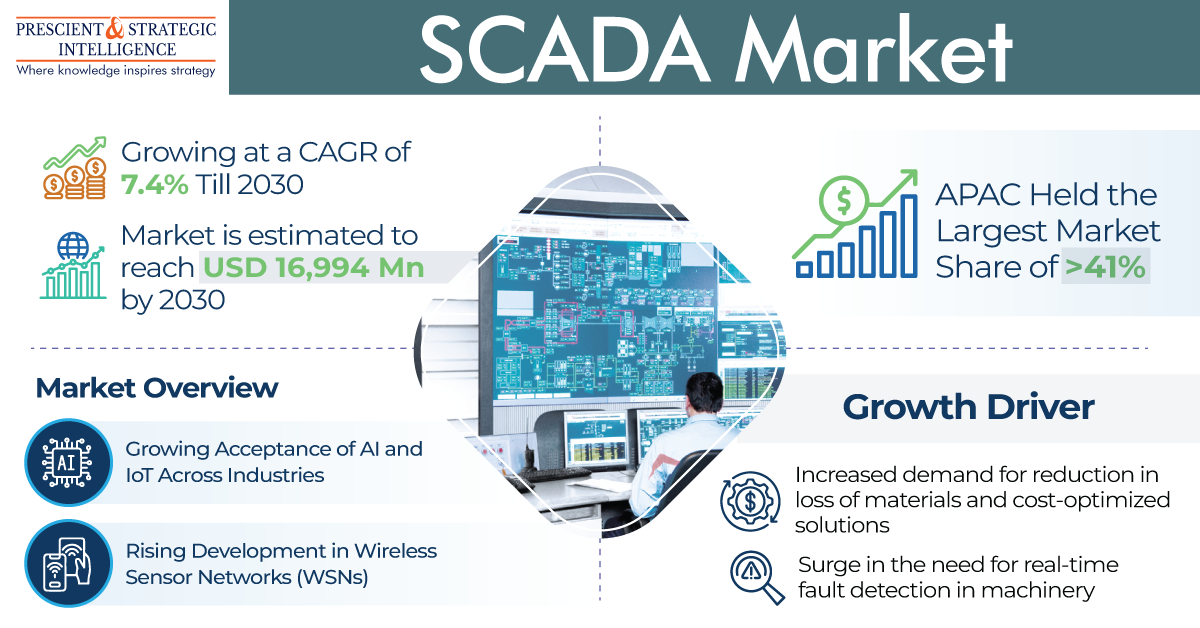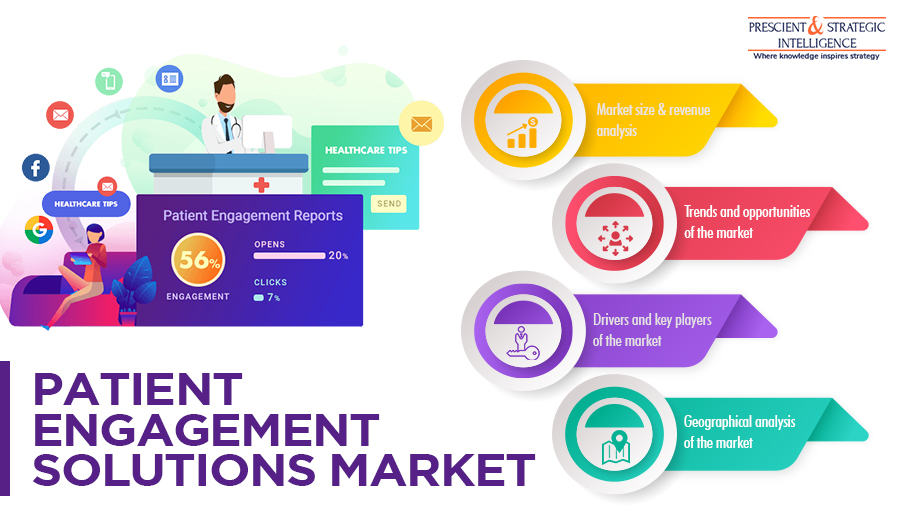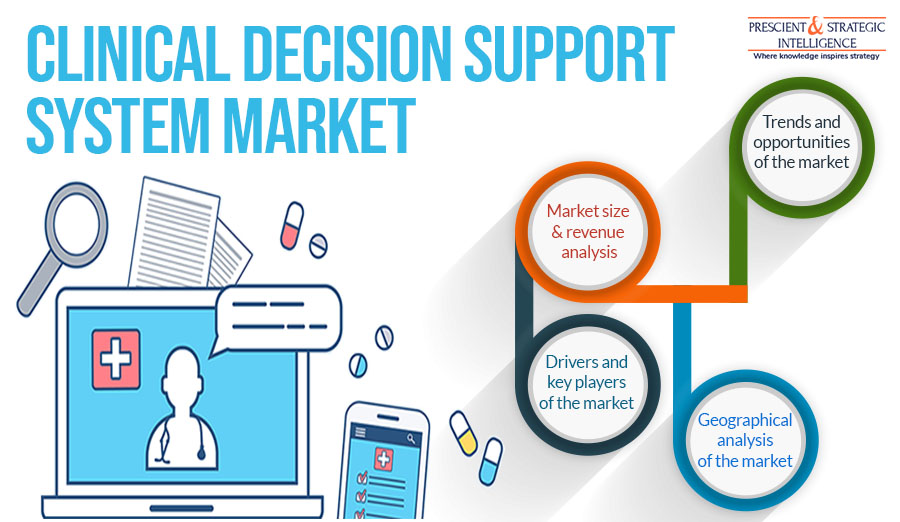The global video surveillance market is expected to reach USD 58.5 billion in revenue in 2024 and grow at a CAGR of 9.3%, reaching USD 99.7 billion by 2030. This growth is attributed to rising security needs in public and private sectors, covering spaces like airports, residential areas, commercial buildings, and schools.
The push for smart cities is also fueling demand for advanced surveillance systems capable of monitoring diverse activities. The integration of AI and deep learning in video analytics is further improving safety by enhancing surveillance efficiency for individuals and property.
Demand for IP-based surveillance systems is on the rise due to advancements in data processing, compression technologies, and affordability. Cutting-edge technologies like computer vision, artificial intelligence, and anomaly detection are increasingly embedded in modern systems to identify unusual behavior patterns.
With IP-based systems becoming more accessible, analog surveillance solutions are being phased out. This shift is driven by enhanced security capabilities, expanded network infrastructure, and cost reductions in specialized surveillance equipment, making IP-based solutions more cost-effective. Moreover, the rise of 360° recording technology allows the replacement of multiple PTZ cameras with a single unit, increasing both efficiency and affordability.
Key Highlights:
- Hardware holds the largest market share (50%) in 2024, primarily driven by demand for cameras, storage, and displays.
- IP Cameras improve surveillance with low-light performance, object tracking, and integrated security features.
- VSaaS (Video Surveillance as a Service) grows at a CAGR of 9.6%, offering remote viewing, recording, and cybersecurity benefits.
- The commercial sector commands 40% of the market, driven by security needs in retail, corporate, and financial spaces.
- The industrial sector is expected to see the highest CAGR of 9.8% as facilities focus on protection against theft, vandalism, and accidents.
- APAC is the fastest-growing region (CAGR 9.7%), fueled by urbanization and infrastructure expansion.
- China leads APAC in market share, primarily using surveillance tech in public spaces and major projects.
- North America holds a prominent market position due to widespread adoption across residential, commercial, and industrial segments, with the U.S. seeing robust growth driven by infrastructure investment and public safety needs.
- MEA (Middle East & Africa) is showing growth potential with increased adoption of mobile surveillance solutions, especially in Saudi Arabia and the U.A.E. as they enhance security compliance and infrastructure.
- VSaaS adoption is boosting scalability and flexibility for global surveillance solutions.
- Advances in hardware technology are enabling high-resolution, more effective surveillance capabilities worldwide.




